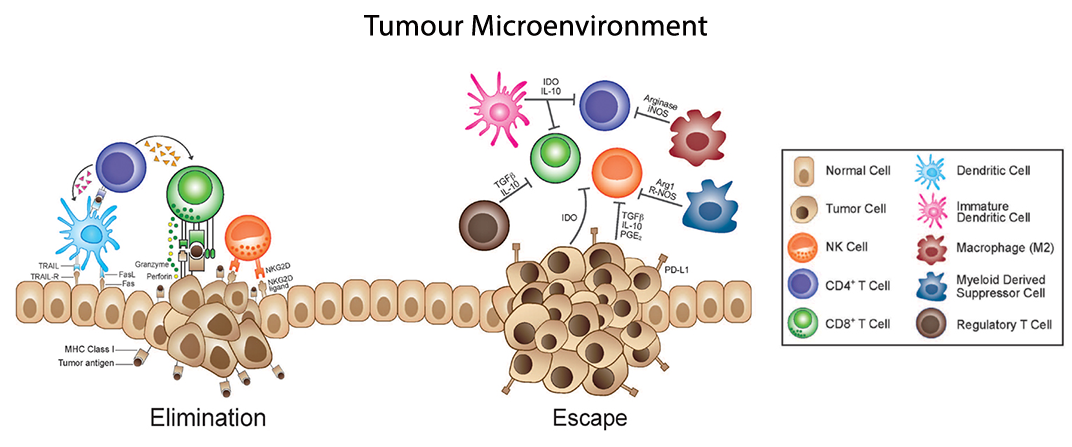The trend lately is to add “omics” to most of the research projects. Genomics, Proteomics, Metabolomics…there is no end. The latest trend seems to do “sexomics” studies. Meaning to study the differences in response to treatment, disease progression, etc, based on the sex of the animal model or the patients.
For years now, most of the studies took this variability into account, more or less formally or more or less obviously. In a recent publication, Allen et al. have studied the different effects in male and female mice for early postnatal exposure to ultrafine particulate matter air pollution.
They found out that male mice preferentially show persistent ventriculomegaly, neurochemical disruption and glial activation. Both male and female mice had alterations in cytokines and neurotransmitters, while ventriculomegaly was only observed in exposed male mice. As ventriculomegaly is a neuropathology that has been associated with poor neurodevelopmental outcome, autism and  schizophrenia, this study may shed some light on similar outcomes in humans, for which more research is needed.
schizophrenia, this study may shed some light on similar outcomes in humans, for which more research is needed.
As this study involved the measuring of cytokines in tissue samples (striatum, hippocampus, olfactory bulb, midbrain, cortex and cerebellum), use of the Q-plex technology presented major advantages. As the Q-plex is based on optical detection and a solid support (vs bead-based, fluidic technologies with non-optical detection methods), use of viscous samples does not pose any significant problems, and any background effect that may lead to artifactual high results is immediately detected.
Stay tuned for all the new “omics” and how they can be used to discover new biomarkers!


